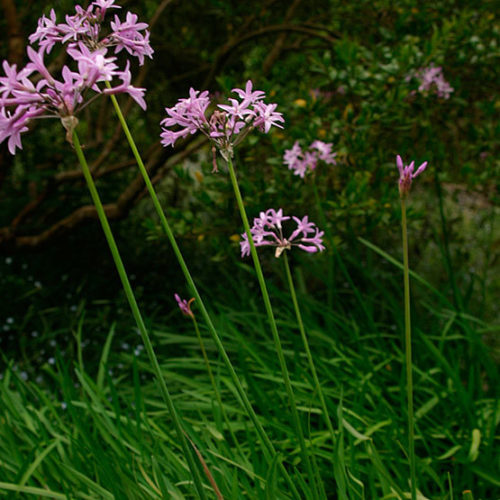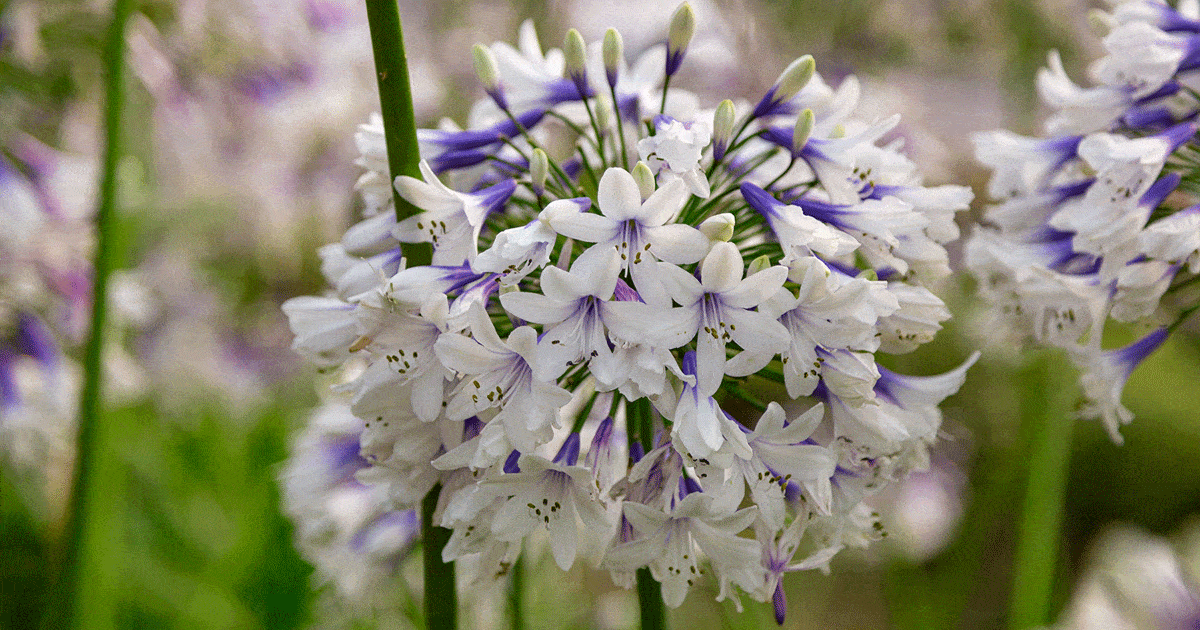Stunning Agapanthus: Enhancing Your Garden's Beauty
Stunning Agapanthus: Enhancing Your Garden's Beauty
Blog Article
Unleashing the Secret to Effective Agapanthus Growing: Tips and Tricks for a Flourishing Garden
In the world of horticulture, growing agapanthus effectively requires a critical technique that incorporates different facets of plant treatment. By recognizing the nuances of agapanthus growing, one can create an atmosphere where these plants prosper and bloom abundantly.
Planting Agapanthus: Best Practices
When planting Agapanthus, correct soil prep work is necessary for ensuring effective growth and advancement of these lovely blossoms. Agapanthus, typically referred to as Lily of the Nile or African lily, prospers in well-draining dirt with a somewhat acidic to neutral pH level - Agapanthus. Before growing, it is essential to modify heavy clay soils with organic issue such as compost or peat moss to improve water drainage and offer necessary nutrients for the plants
To plant Agapanthus, choose an area that receives complete sunshine to partial shade, as this will certainly promote healthy development and abundant blooming. Dig an opening twice the size of the plant's origin round and place the Agapanthus at the very same depth it was previously expanding. Carefully backfill the opening with soil, weighing down firmly to eliminate any kind of air pockets around the roots.
Water the newly grown Agapanthus extensively and proceed to keep the dirt equally moist, particularly during the plant's active growing season. Agapanthus. Applying a balanced fertilizer once a month can even more sustain the plant's development and blooming. By complying with these finest techniques for planting Agapanthus, you can create a spectacular screen of these exciting flowers in your yard
Ideal Dirt Conditions for Agapanthus
For optimum growth and blooming success of Agapanthus plants, making sure the soil problems are excellent is important. Agapanthus likes soil that is abundant in nutrients, so including a balanced plant food during the growing season can promote healthy and balanced growth and vibrant blossoms.

Watering and Feeding Tips
To ensure healthy development and lively flowers, appropriate watering and fertilizing strategies are crucial for successful Agapanthus growing. Agapanthus plants benefit from normal watering, specifically throughout the expanding season.
When it concerns fertilizing Agapanthus, a balanced plant food with equal parts nitrogen, phosphorus, and potassium can be applied in the spring to advertise healthy and balanced development and blooming. Slow-release plant foods are excellent for supplying nutrients slowly over an extended duration. Stay clear of over-fertilizing, as this can bring about too much foliage growth at the expenditure of blossoms.
Additionally, incorporating raw material like compost right into the soil can enhance nutrient degrees and enhance soil structure, assisting in the general health of the Agapanthus plants. By complying with these watering and feeding tips, garden enthusiasts can ensure their Agapanthus plants thrive and create spectacular display screens of blossoms.
Pruning and Deadheading Methods
Proper pruning and deadheading techniques play a crucial function in maintaining the health and wellness and looks of Agapanthus plants, enhancing the important methods of watering and feeding for successful farming. Trimming Agapanthus includes removing spent flower heads, dead or yellowing leaves, and total shaping of the plant to promote much better development. Deadheading, the process of getting rid of faded blossoms, not only boosts the plant's appearance yet also motivates more blooming.
When deadheading Agapanthus, it is advisable to trim off the blossom stem at the base using sharp, tidy shears. This process reroutes the click here for info plant's energy from seed production back right into origin and foliage growth, promoting a much healthier and more robust plant. Routine deadheading can prolong the growing period of Agapanthus and avoid self-seeding, which can bring about congestion.
In terms of pruning, Agapanthus typically take advantage of a light trim after blossoming to clean the plant and encourage fresh growth. Reducing the invested blossom stems and getting rid of any kind of dead or broken vegetation aids preserve the plant's vitality and general appearance. Nevertheless, it is necessary to stay clear of reducing into the crown of the plant, as this can deteriorate its health and wellness.

Protecting Agapanthus From Pests and Diseases
Implementing effective parasite and condition administration techniques is essential to safeguarding the wellness and vitality of Agapanthus plants in growing. Agapanthus are generally durable plants, however they can still succumb different pests and conditions if not effectively taken care of. One common parasite that impacts Agapanthus is the Agapanthus borer, a caterpillar that passages into the plant, causing damages to the flowers and fallen leaves. To stop infestations, normal evaluation of the plants is important. If borers are identified, they can be manually removed, or insecticidal soap can be made use of as check my reference a control step.
In enhancement to parasites, Agapanthus are vulnerable to illness such as root rot and fungal fallen leave areas. These issues can typically be prevented by making sure correct drainage and preventing overwatering. If signs of illness show up, affected parts of the plant must be without delay eliminated to stop additional spread. Fungicides may likewise be made use of as a therapy action, following the manufacturer's directions meticulously. By remaining cautious and addressing pest and disease issues quickly, gardeners can assist their Agapanthus prosper and grow.

Conclusion
In final thought, effective cultivation of agapanthus calls for correct planting methods, perfect dirt problems, sufficient watering and feeding, routine trimming and deadheading, and protection from bugs and conditions. By adhering to these methods and tips, gardeners can make certain a flourishing garden filled up with beautiful agapanthus blooms. Agapanthus. Keep in mind to keep constant treatment and interest to detail to advertise the wellness and longevity of these spectacular plants
When growing Agapanthus, correct dirt prep work is essential for ensuring successful development and growth of these beautiful flowers.Water the newly planted Agapanthus completely and continue to keep the dirt equally wet, especially during the plant's active growing period.For optimal development and blooming success of Agapanthus plants, guaranteeing the soil conditions are excellent is essential. When site planting or transplanting Agapanthus, ensure the soil is well-prepared to offer the essential structure for the plants to develop themselves effectively. One typical insect that impacts Agapanthus is the Agapanthus borer, a caterpillar that tunnels right into the plant, creating damages to the leaves and flowers.
Report this page